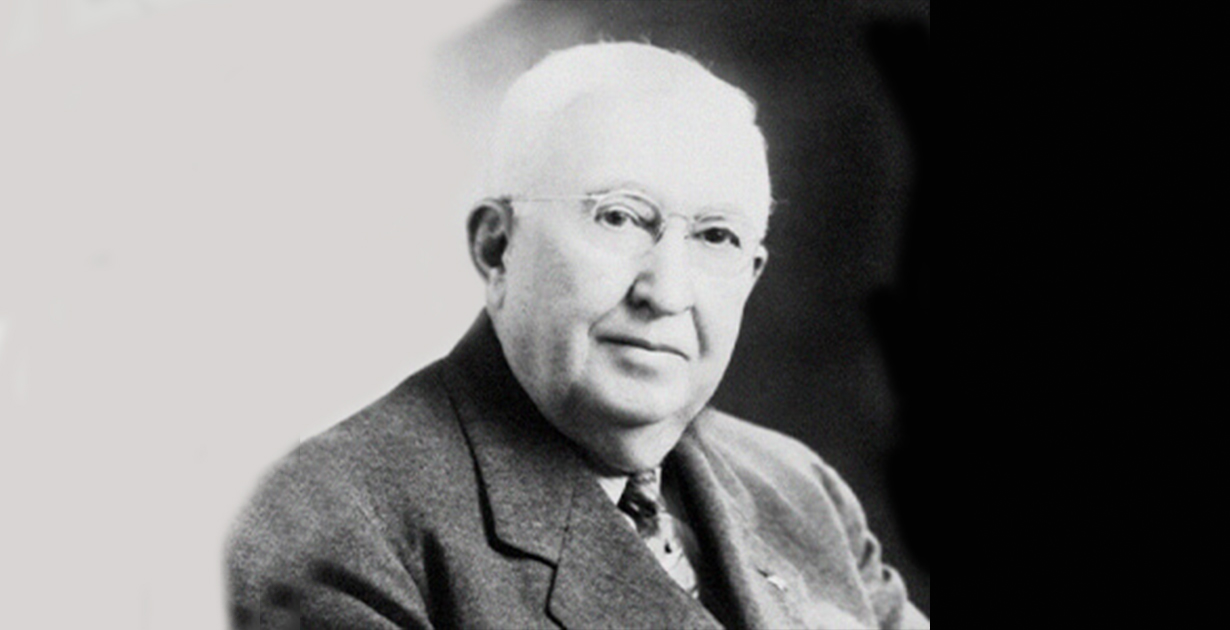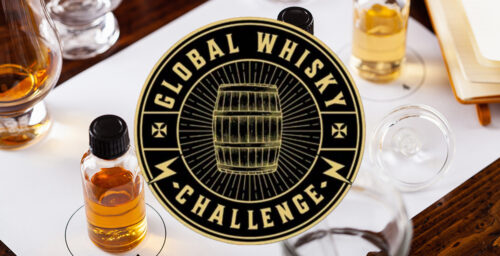One of the best-selling American bourbon whiskeys in the world, Jim Beam is produced in Clermont, Kentucky. Since 1795, seven generations of the Beam family have been involved in bourbon distilling, interrupted only by Prohibition (1920-1933).
During 13 years of Prohibition, American whiskey distillers lost a generation of expertise and knowledge, decimating the United States’ domestic distilling industry. This is the fascinating story of Prohibition’s impact and Jim Beam’s subsequent recovery, revitalizing America’s bourbon industry.
The Origins of Beam Bourbon
In 1740, the Boehm family arrived in the 13 colonies, determined to seize the colonial dream of building new lives.
The family relocated to Kentucky in 1788 and changed their name to Beam. Kentucky was the ideal area to grow corn because of the fertile soil, warm winters, and natural spring water. Jacob Beam established himself as a successful corn farmer and miller, soon producing a corn surplus that was difficult to store.
The Beam family had historically produced rye whiskey in Western Pennsylvania and Maryland. Jacob Beam acquired a copper pot still and used the family recipe to produce a corn-based whiskey from the surplus – the first Beam family bourbon. In 1795, Jacob Beam sold his first batch of ‘Old Jake Beam Sour Mash’ bourbon.
Old Tub Bourbon

In 1820, David Beam took over, enlarging the family-sized distilling operation by founding the Old Tub distillery, equipped with column stills to ensure continuous production. David Beam also renamed ‘Old Jake Beam Sour Mash’ as ‘Old Tub Bourbon’ to match the distillery name.
The arrival of trains and steamboats allowed Kentucky’s distillers to increase sales by shipping their bourbon, resulting in a barrel shortage. This led some Kentucky distillers to put bourbon into used fish and vinegar barrels – with unfortunate side effects.
At the Old Tub distillery, David Beam became one of the first distillers to use barrel charring, the practice of burning the inside of barrels, preparing them for bourbon storage and aging.
A railroad extension prompted David M. Beam to relocate Old Tub to Nelson County, Kentucky in 1854, renaming the distillery as D.M Beam & Company. Before 1880, customers brought earthenware jugs to fill at the distillery, until David M. Beam adopted branded bottles. This transformed Old Tub into a national brand and Beam used the new railroad to ship the bourbon across the country. In 1894, James “Jim” Beauregard Beam inherited the distillery, continuing to build the Old Tub brand’s reputation while the threat of Prohibition appeared on the horizon.
Imposing Prohibition
Prohibition emerged from the growing American temperance movement protesting the sale of alcohol in the late 19th Century. By 1915, twenty US states had turned ‘dry’, passing legislation prohibiting the sale and manufacture of alcohol. These states also put increasing pressure on the government to enact prohibition under federal law.
Finally, the 18th Amendment to the United States Constitution, widely known as American Prohibition, passed into US Federal law on the 17th January 1920. The National Prohibition Act prohibited the manufacture and sale of ‘intoxicating beverages’ in the United States.
Jim Beam during Prohibition

Across America, bourbon and rye whiskey distilleries ceased production and closed overnight, with James “Jim” Beauregard Beam padlocking the doors at the Old Tub Distillery – after allegedly storing a large barrel of bourbon in his home attic for personal use. At the height of Prohibition, Beam was forced to witness the distillery’s destruction. However, it is unclear if the devastation was wrought by the state authorities, the temperance movement or anti-Prohibition protesters seeking any remaining bourbon.
While some distillers turned to moonshine production or bootlegging, Jim Beam didn’t believe distilling whiskey was worth the risk of imprisonment. Instead, Jim Beam turned to other businesses during Prohibition, including coal mining and limestone quarrying in Kentucky, and citrus farming in Florida.
Unfortunately, all of Beam’s ventures were unsuccessful, allegedly leading local residents to joke that if Jim Beam opened a funeral home, everyone would stop dying.
Repealing Prohibition
For over a decade, from 1920 to 1933, the Prohibition policy divided the United States, with the act growing increasingly unpopular.
The rate of alcohol consumption was estimated to have risen despite the ban, while organized crime groups grew wealthy and powerful from the smuggling and distribution of illegal alcohol. This led cities such as Chicago to become mired in corruption and violence.
In 1933, the National Prohibition Act was repealed at the federal level, with the decision to retain Prohibition left for individual states to determine.
Reviving Jim Beam

After Prohibition was repealed in 1933, the 70-year-old Jim Beam returned to Kentucky, recruiting family and friends to help rebuild the distillery in Clermont – completing the work in only 120 days. On August 14th, 1934, Beam incorporated the James B. Beam Distilling Company in Clermont, Kentucky.
The distillery’s first batch of bourbon was ready in 1935, although as Beam no longer owned the rights to the Old Tub brand name, it was sold as ‘Colonel James B. Beam Bourbon’.
Ever fearful of a return to Prohibition, or a distillery catastrophe, Jim Beam protected his bourbon’s future and signature flavor – allegedly Beam took a jug of the distillery’s yeast strain home each weekend carefully secured in the front seat of his Cadillac.
In 1935, Beam’s son, T. Jeremiah Beam, celebrated his father’s accomplishments by re-founding the distillery as the Jim B. Beam Distilling Company and christening the bourbon, Jim Beam.
James “Jim” Beauregard Beam passed away in 1947, after laying the foundations for Jim Beam to become one of the world’s best-selling American bourbon whiskey brands.
In 2018, the Jim Beam distillery celebrated the 85th anniversary of the end of Prohibition, by releasing the Jim Beam Repeal Batch, inspired by the first batch of bourbon produced by James “Jim” Beauregard Beam following Prohibition’s repeal.
For more Prohibition stories, find out about the fascinating life of George Remus, King of the Bootleggers during Prohibition here.








